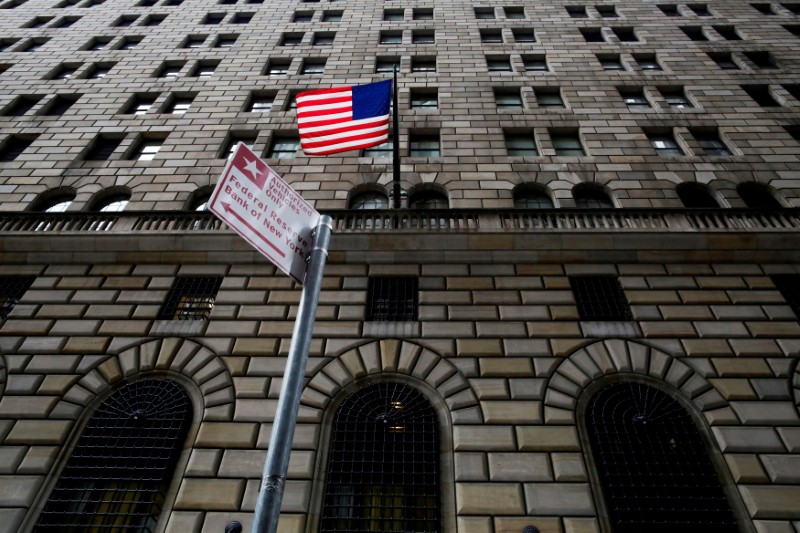By Jonnelle Marte
NEW YORK (Reuters) - The U.S. Federal Reserve said on Monday it would backstop an unprecedented range of credit for households, small businesses and major employers in an attempt to stop the economy from sliding into depression as the coronavirus spreads.
The Fed is creating new programs for the nearly 5,200 FDIC- insured U.S. banks, as well as finance companies and corporations to stave off business bankruptcies and keep employee paychecks flowing. They include lending against student loans, credit card loans and U.S. government backed-loans to small businesses, as well as new programs to buy bonds of larger employers and make loans to them.
The series of actions marks a massive intervention by the U.S. central bank beyond the financial markets, where it has so far concentrated its firepower, into the real U.S. economy.
"It's their bazooka moment," said Russell Price, chief economist at Ameriprise Financial (NYSE:AMP) Services in Troy, Michigan.
Many of the details are yet to be finalized, and it remains unclear how quickly that money can flow to small businesses. But here is what is known so far about how the Fed's latest efforts can indirectly get cash to households and small businesses.
1) Help large companies stay in operation.
Companies of all sizes are taking a hit to their bottom lines as factories shut down, retail stores shutter and business overall is put on hold. Through the newly created primary market corporate credit facility, the Fed will serve as a backstop for corporate debt issued by highly rated companies.
The New York Fed will lend to a "special purpose vehicle," which will then buy bonds and issue loans to companies. At the end of the day, this will provide cheap loans to large and medium-sized companies to help them cover business expenses and stay in operation, said Roberto Perli, head of global policy research for Cornerstone Macro.
2) Keep loans available for households and businesses.
Through the Term Asset-backed securities Loan Facility (TALF), the Fed is accepting bundled groups of assets secured by auto loans, credit cards, student loans and other types of credit. The program will reduce risks for banks and make it easier for them to keep issuing new loans to consumers and businesses that need them, said Steve Friedman, senior economist for MacKay Shields.
The TALF will also support certain small business loans that are backed by the Small Business Administration. However, some small businesses may not qualify for loans backed by the SBA, which requires businesses to be a certain size and to be in operation for a minimum amount of time.
3) Main Street lending program.
The Fed said Monday that it will soon announce the details of a new program that will support loans to small and medium-sized businesses, complementing programs offered by the Small Business Administration. This program, which could be done in conjunction with the Treasury department, may offer more direct help to businesses, but the specifics have yet to be announced.
